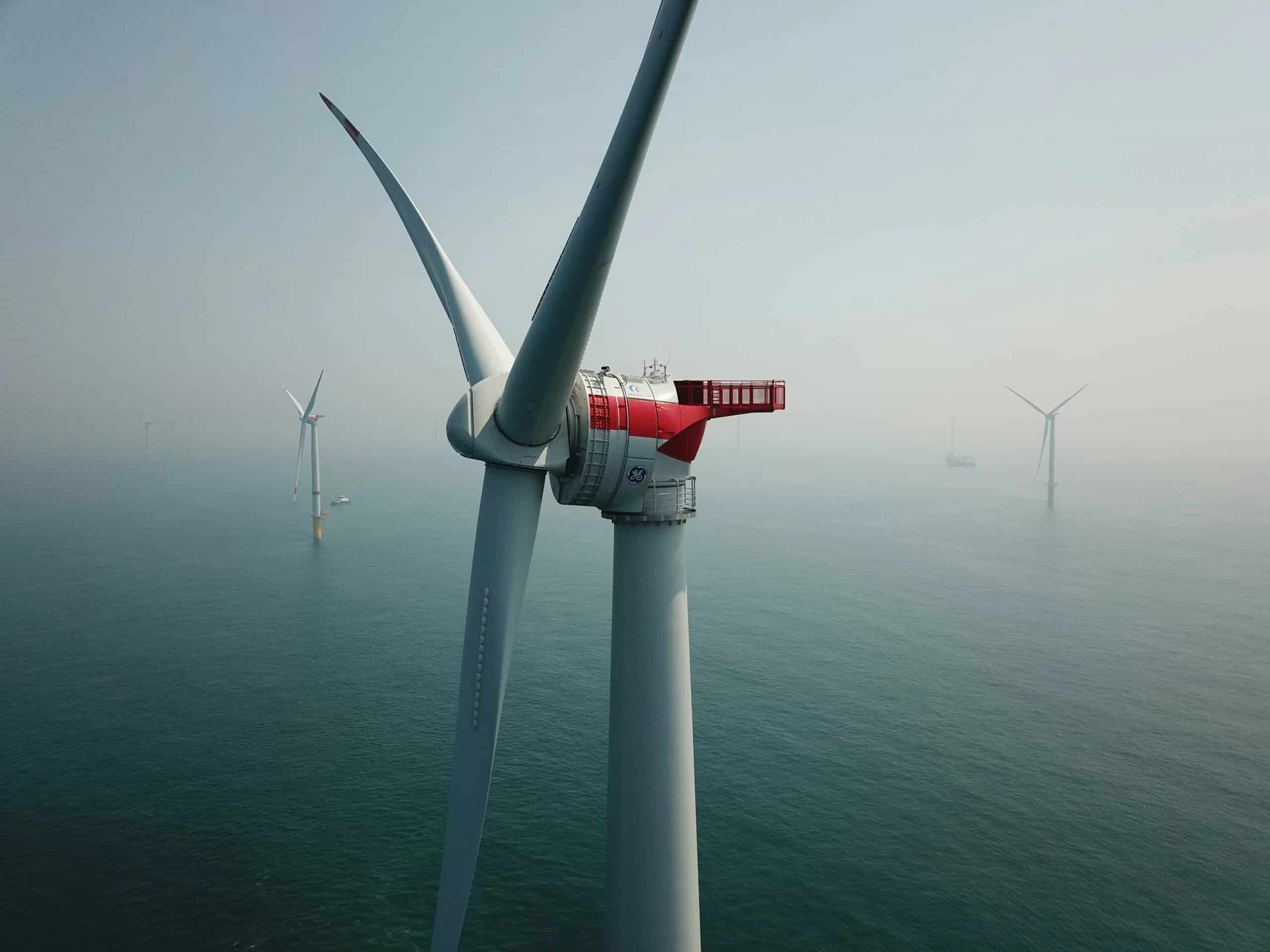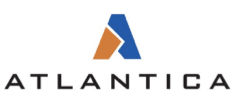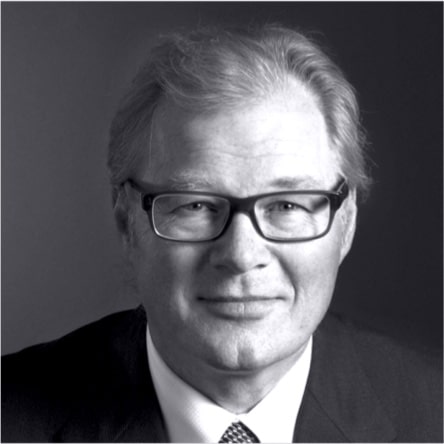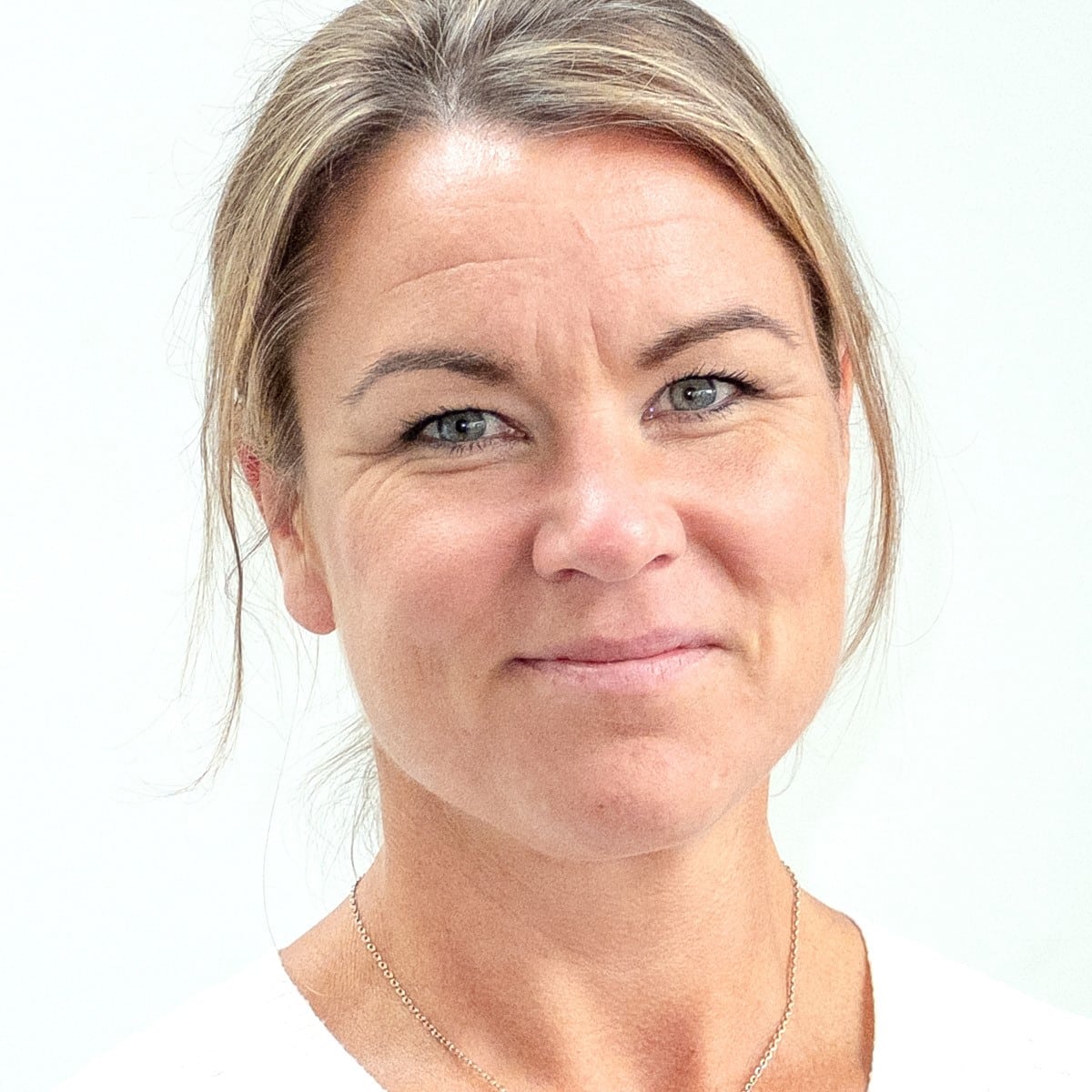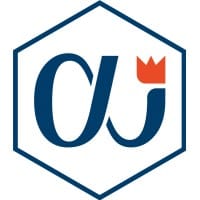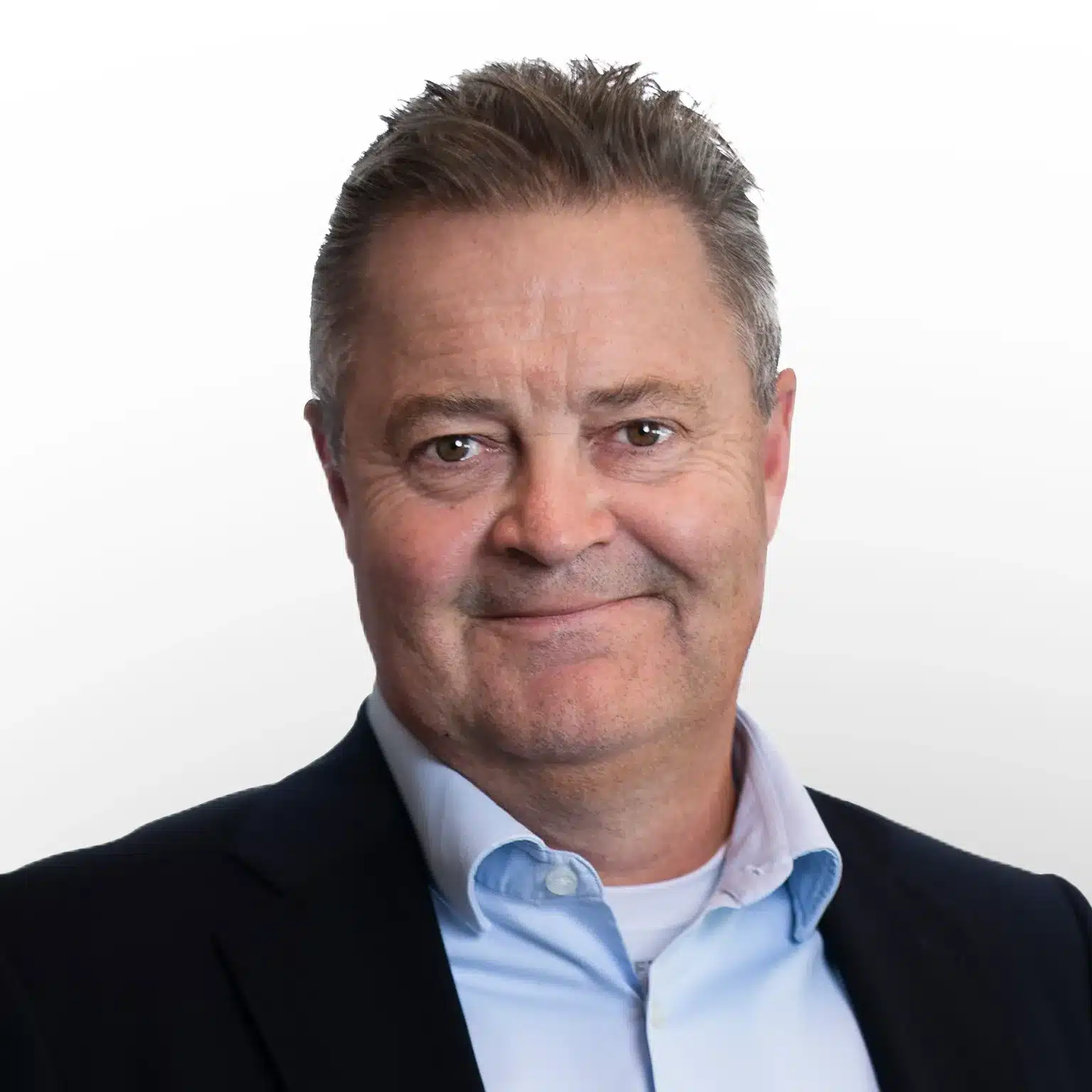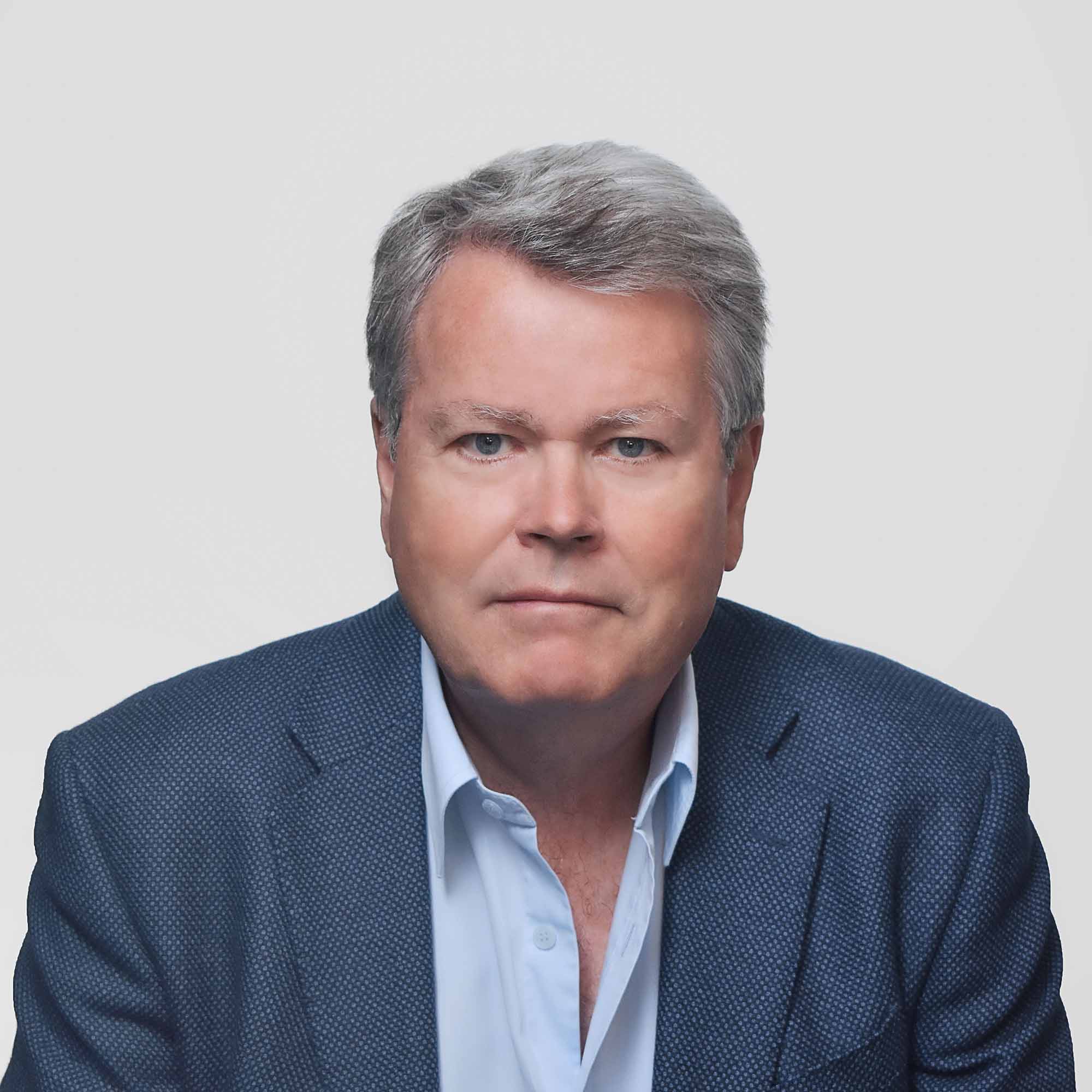Last Thursday, American turbine manufacturer GE Renewable Energy, announced plans for two new manufacturing facilities in New York State, one which will produce blades and one nacelles.
The manufacturing hub amounts to a huge win for the budding US offshore wind market, offering developers a regional option for turbine procurement and fortifying the domestic supply chain with a highly skilled knowledge base. Yet, GE’s tone remained cautious, stating that construction of the facilities is contingent upon securing a “sufficient volume” of orders. The proviso hints at the harsh reality those in the industry already know; despite skyrocketing offshore wind commitments, real contracts are strikingly hard to come by. After years of exogenous shocks, turbine suppliers are scrambling to establish sufficient capacity to meet the soaring demand of tomorrow in the cash-poor environment of today. In this ruthless environment, securing “sufficient volume” to establish a primary component manufacturing hub will be contingent upon a firmer pipeline of projects, and – the big if – winning the biggest slice of the cake.
How firm is firm
The Biden administration has been particularly aggressive in fostering the catalyzation of a domestic offshore wind industry, auctioning off 13.4 Gigawatts (GW) so far with plans to award as much as 42.4 GW in 2023, according to Esgian Offshore Wind analysis. Six east coast states have established competitive processes to further solidify this pipeline; Connecticut, Maryland, Massachusetts, New Jersey, New York, and Rhode Island. New York State boasts one of the most robust solicitation processes, wherein developers may submit plans that satisfy state specific criteria to receive state support. Those awarded enter into a contract with the state, and will be paid as power is delivered to the grid via the exchange of Offshore Renewable Energy Credits.
New York State’s third offshore wind solicitation, ORECRFP22-1, closed for submissions on January 26th, the same day as GE Renewable Energy announced its plans for the new manufacturing facilities. In addition to technological criteria, proposals to ORECRFP22-1 were required to submit:
- A Supply Chain Investment plan (SCIP) demonstrating the development of a strong local supply chain in the state;
- Stakeholder Engagement Plans and New York Workforce and Jobs Plans;
- Minimum U.S. iron and steel purchase requirements, including opportunities for U.S-based steel suppliers, in accordance with the New York Buy American Act.
Given the above criteria, ORECRFP22-1 not only gives the offshore wind development pipeline in the state greater certainty, by guarantees that awarded projects will be looking to contract through local suppliers where possible. Thus, GE appears to be positioning itself to capture this demand. GE’s announcement also explicitly states the number of jobs that could be created by the New York-based manufacturing hub – 1870 direct jobs – a move which speaks directly to the New York Workforce and Jobs Plan.
Submissions for ORECRFP22-1 have not yet been made public, but the state has confirmed it received proposals from eight projects representing six developers. This reportedly includes the 132 MW South Fork and 924 MW Sunrise Wind (Ørsted and Eversource), Leading Light (200 MW; Invenergy and energyRE) and Beacon Wind 2 (1200 MW; Equinor and BP) – a total of 2456 MW of capacity.
Can GE win US contracts?
It seems clear that the demand will come, but actually winning contracts may be another story. At present, GE has only won three major contracts in the US according to Esgian Offshore Wind’s Wind Analytics database; an order for 90 Haliade-X 12 turbines for Ørsted/Eversource owned Ocean Wind, an order for 62 Haliade-X 13 turbines for CIP/Avangrid owned Vineyard Wind 1, and an order for 10 Haliade-X 12 turbines for Ørsted owned Skipjack 1. However, GE may be in a legal quagmire according to a ruling in September, which prohibits the company from continuing to sell its Haliade-X turbines in the US due to patent infringement upon rival turbine supplier Siemens Gamesa. The ruling exempted two existing contracts, thus GE will be allowed to deliver turbines to Vineyard Wind 1 and Ocean Wind 1, while the fate of Skipjack 1 remains to be determined. GE has confirmed it will appeal the decision and has assured stakeholders that it will “explore other design options” in order to continue to produce high-capacity turbines. Yet, at present, winning new contracts will be dependent on finding developers willing to risk long delays – given the chance of a protracted legal battel – or even undeliverability in the case of another negative ruling.
Editorial note: Siemens Gamesa and GE have now reportedly settled all outstanding patent disputes in the US and Europe in a cross liscence agreement GE called “amicable”. The details of the agreement remain confidential. Further, Siemens Gamesa also now plans to establish a nacelle factory in New York State.
Cost counts
GE’s sole nacelle manufacturing plant sits in Saint-Nazaire, France and can reportedly produce up to 100 nacelles a year. If these nacelles are incorporated into Haliade-X 13 turbines (the company’s largest capacity turbine to go into serial production), GE may be able to deliver up to 1300 MW of capacity to the global market per year. The factory opened in 2014, and while exact investment figures remain opaque, rival Siemens Gamesa opened a nacelle plant in 2017 in Cuxhaven, Germany with an annual capacity of 250 units, requiring an estimated €200 million in investment. Adjusting for inflation, a nacelle factory of similar size and investment may require as much as $258 million – a sizeable investment in a rather volatile market. Yet, GE’s diverse business offerings may be its savior in this regard. It’s primary competition in the offshore wind turbine market, Siemens Gamesa and Vestas, both reported concerning financials in Q422, and both are hugely exposed to the volatility of the onshore and offshore turbine market as their bread-and-butter business. Conversely, GE reported somewhat healthy, positively trending financials in Q422, and has a more diversified portfolio extending across the healthcare, power and aviation markets. Thus GE is more well hedged against the volatility of the turbine market, perhaps giving it an edge against competitors in terms of investment power.
What it takes to get a GE factory
GE’s manufacturing hub announcement is a targeted move aimed at capturing US demand. The company’s savvy strategy to couple production capacity with New York State’s offshore wind power procurement process provides greater incentive for developers to select GE as a turbine provider, and greater certainty that GE will be able to win contracts. Further, the company’s overarching diversity has given it a level of financial immunity from the market volatility of offshore wind in recent years, especially in comparison to its more exposed peers.
Yet GE’s financial and political agility may not be sufficient to secure the volumes necessary to green light a new nacelle factory. Ongoing patent infringement litigation means the company simply cannot sign new contracts involving its Haliade-X technology for the time being. And, its competitors Siemens Gamesa and Vestas are well entrenched in the US, with Siemens Gamesa already contracted to supply the US market with over 4.5 GW of turbine capacity. Time will tell if the US gets its first offshore wind manufacturing hub.
